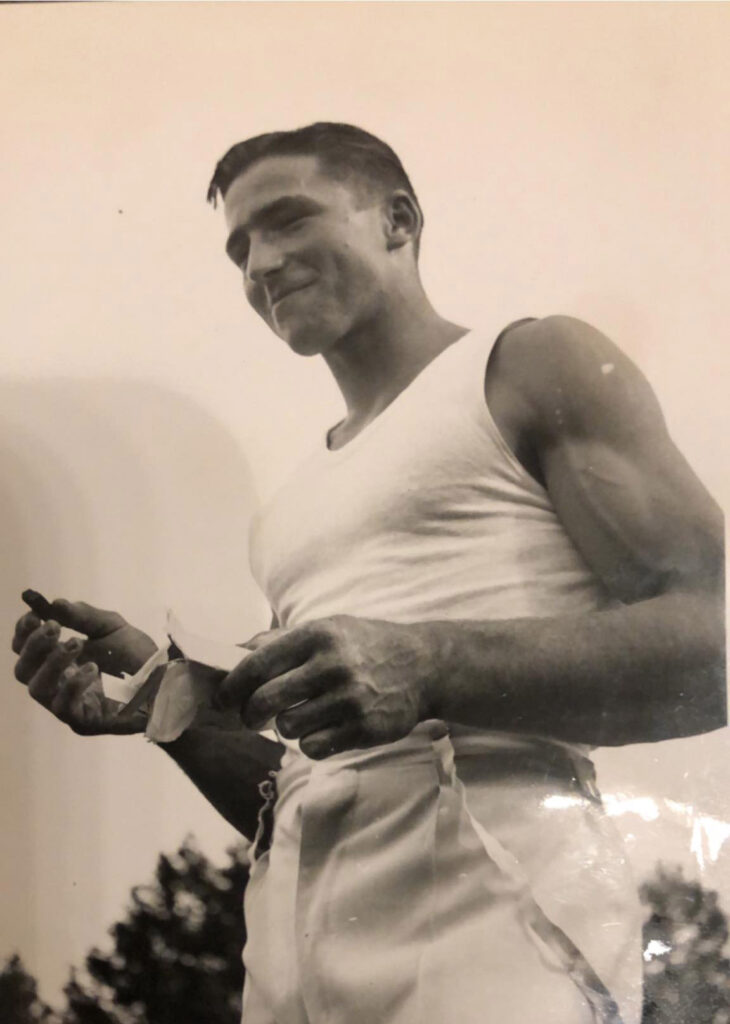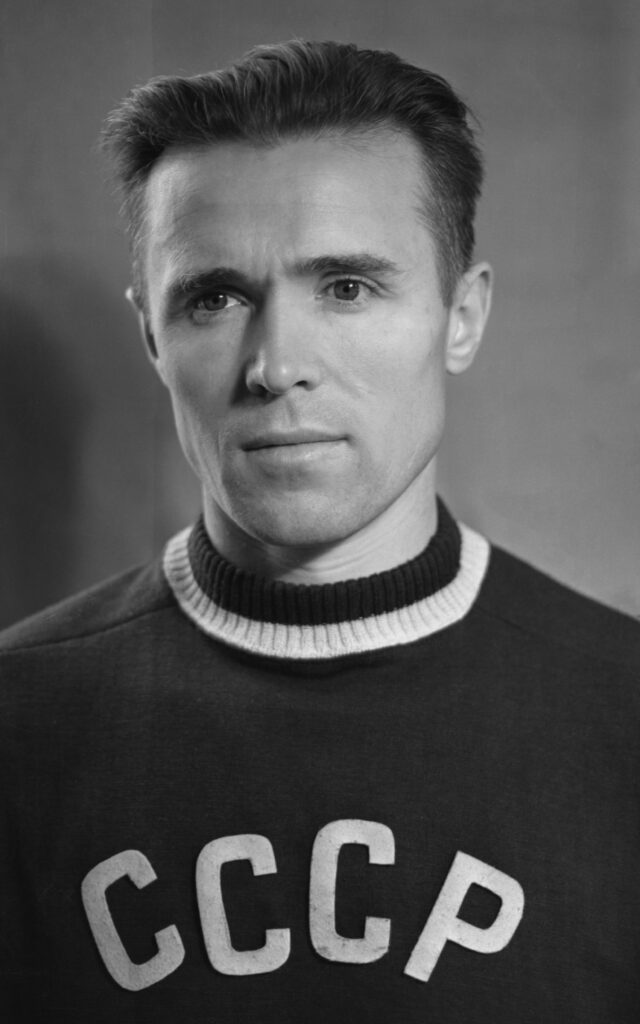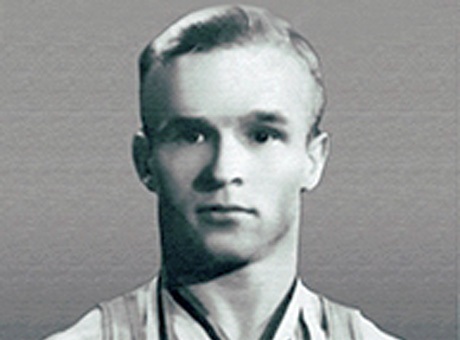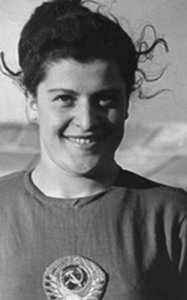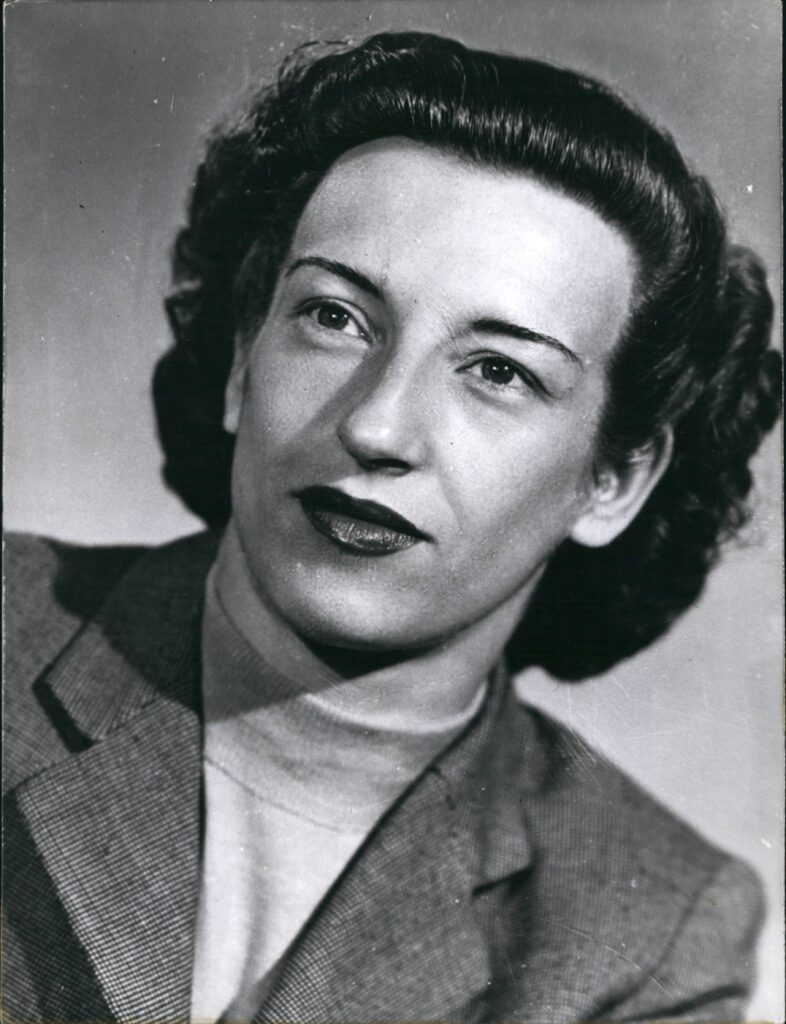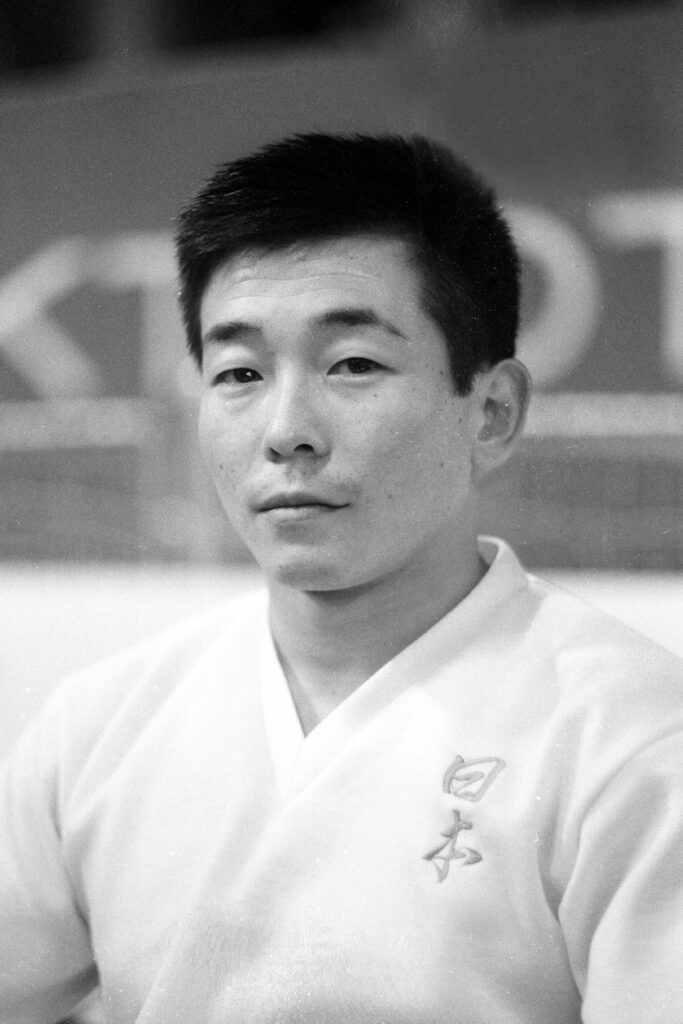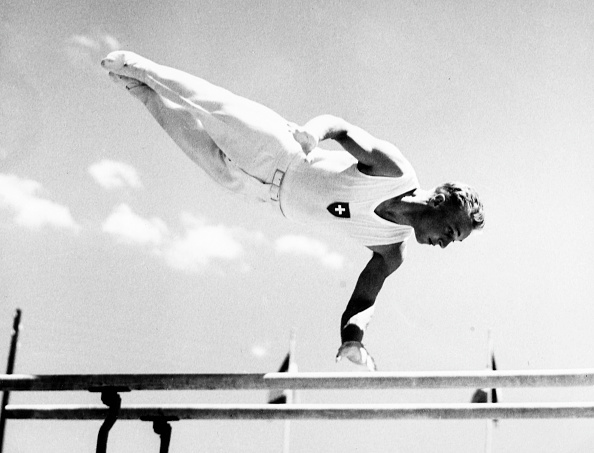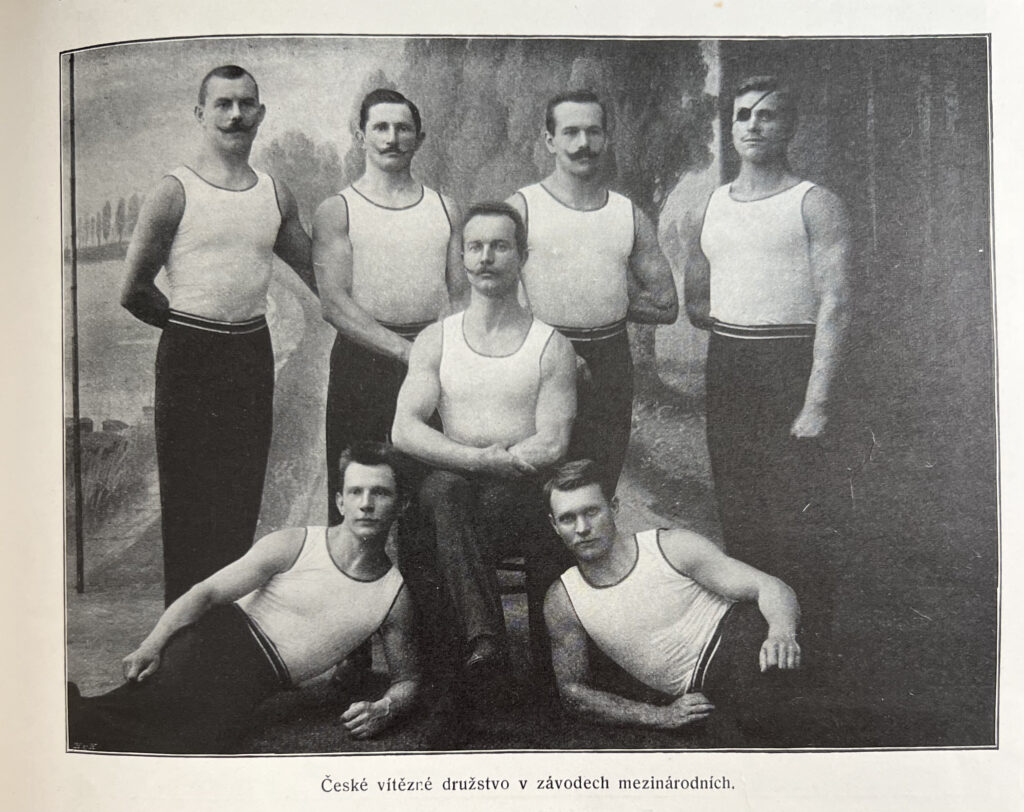Although Walter Lehmann won the all-around title at the 1950 World Championships, he wasn’t considered Switzerland’s top gymnast heading into the 1952 Olympics. That distinction went to Josef Stalder. (Yes, that Stalder—the one with the skill named after him.) After claiming the all-around crown at the Swiss Olympic Trials, Stalder went on to win four medals in Helsinki, including a bronze in the all-around.
Interestingly, none of those medals came on pommel horse—the very event where Stalder had earned a perfect 10 at the trials. (The Soviet men swept that event in Helsinki.) At the time, journalists were well aware that domestic scores often didn’t reflect international standards. A perfect 10 at a national meet wouldn’t necessarily hold up at the Olympics. (Though, perfect 10s were possible at international competitions. Stalder’s teammate Hans Eugster earned a 10.0 on parallel bars at the 1950 World Championships.)
Below, you’ll find the final results from the Swiss Olympic Trials, along with a translated article covering the competition. Enjoy!
(Reminder: Switzerland did not support competitive women’s gymnastics at the time.)
